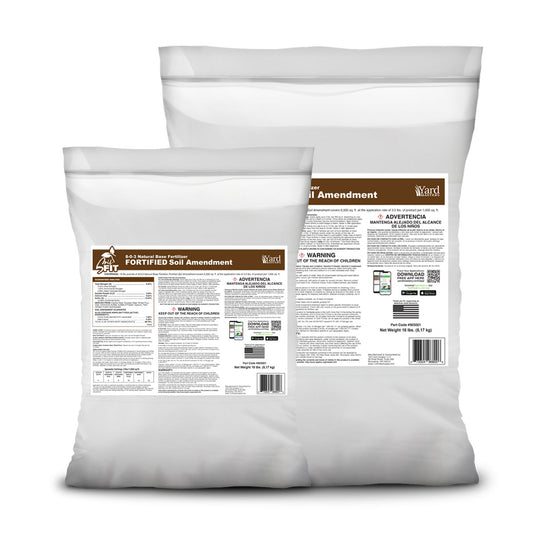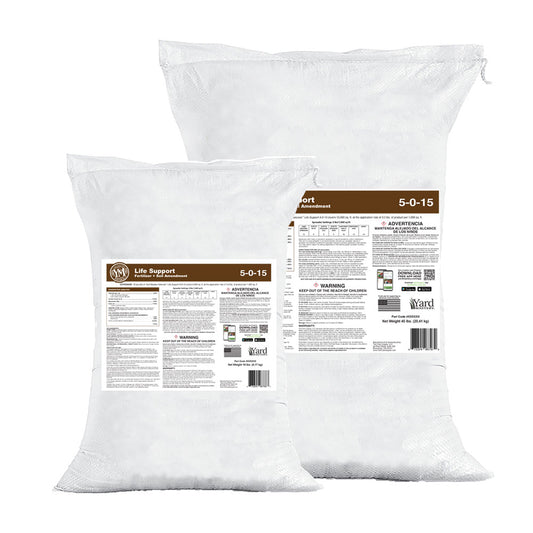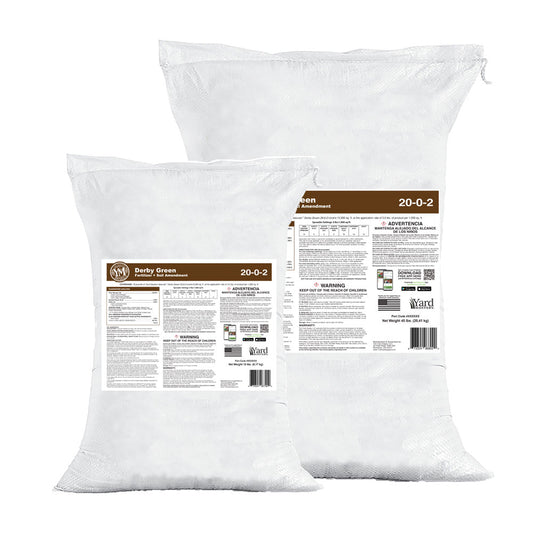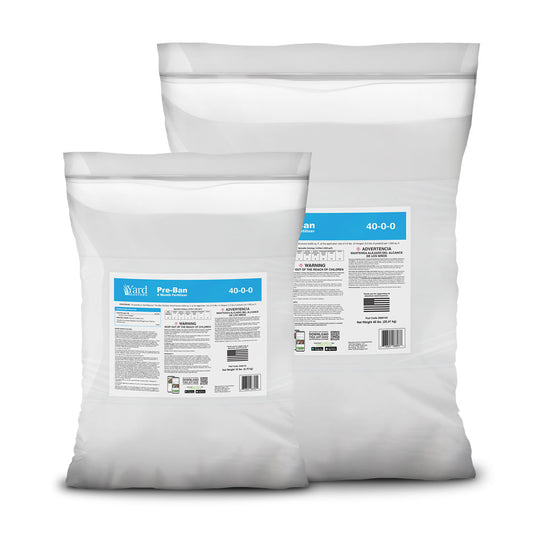Summer Lawn Care Tips for Healthy Grass All Season Long
Avoiding Lawn Burn in the Summer
When it comes to summer lawn care tips, the only products that risk burning your lawn in the heat are weed killers, known as herbicides. Many of these come with warnings about applying in temperatures above 85°F. To avoid damage, spray herbicides during the cooler evening hours. Even in hot climates like Florida, waiting until temperatures drop can prevent any risk.
Granular fertilizers like Flagship 24-0-6, liquid fertilizers such as 28-0-0 Green Charge, and bio-stimulants like Compaction Cure and RGS will not burn your lawn in the summer heat. Even combination products like Spoon Juice, which include liquid nitrogen, iron, and humic/kelp bio-stimulants, are safe in high temperatures.
In this video below, I apply multiple fertilizers and Spoon Juice in 92°F heat without burning the lawn. This proves that these lawn care products, when applied correctly, are safe for summer use.
Fertilizing Summer Lawns: Cool vs. Warm Season Strategies
Cool Season Lawns (Kentucky Bluegrass, Fescue, Ryegrass)
Cool-season grasses will grow more slowly once temperatures consistently exceed 85°F. It's best to fertilize with lower nitrogen and higher potassium and magnesium in summer to help with stress and color maintenance.
Recommended Products:
-
7-0-20 Stress Blend: Contains nitrogen, iron, potassium, magnesium, and Bio-Nite for color and stress support.
- 5-0-15 Life Support: Natural-based, slow-release nitrogen, potassium, magnesium, 10% sulfur, humic, and kelp for added soil health.
Warm Season Lawns (St. Augustine, Bermuda, Zoysia, Centipede, Bahia)
Warm-season lawns thrive in heat and spread aggressively during summer using stolons or rhizomes. Regular nitrogen feeding every 30–45 days fuels growth and helps crowd out weeds.
Recommended Products:
-
24-0-6 Flagship: High in nitrogen, with iron, potassium, and micronutrients, plus Bio-Nite for carbon and microbial health.
-
Derby Green 20-0-2: Natural nutrient blend, slow-release nitrogen, potassium, peptides, and kelp. Great for summer fertilizing.
Summer Insect Control for Lawns
For effective summer insect control for lawns, consider using a preventative like Scotts GrubEx, which contains Acelepryn. It targets grubs, sod webworms, armyworms, ants, fleas, and ticks.
Professional lawn services rely on this chemistry because of its broad-spectrum control and long-lasting effects.
Summer Disease Control for Lawns
Summer disease control for lawns is essential, especially for cool-season grasses like turf-type tall fescue (brown patch) and St. Augustine (gray leaf spot). Use a bulletproof dual-fungicide strategy:
- Scotts DiseaseEx (Azoxystrobin)
- BioAdvanced Fungus Control (Propiconazole)
Apply both now for full-spectrum protection.
How to Water Your Lawn in the Summer
A key principle in how to water your lawn in the summer is consistency and depth. The goal is deep, infrequent watering — ideally ½” every 3 days. Use the tuna can test to determine how long to run your sprinkler to achieve this.
Watch this video for a demonstration.
Cloud cover, soil type, and sprinkler setup all affect watering needs. Monitor and adjust based on weather and lawn condition.
Moisture Management Products for Heat & Drought
To enhance water retention and root development, try:
-
Moisture Max: Contains humectants, surfactants, fulvic acid, and kelp. Improves water absorption and root mass.
This new solution is cheaper than Hydretain and more effective, especially during drought stress.
Final Thoughts on Summer Lawn Survival
To summarize your summer lawn care strategy:
- Fertilize with the right seasonal blend.
- Water deeply and infrequently.
- Use summer insect control for lawns.
- Prevent lawn diseases proactively.
- Don’t fear the heat — you won’t burn your lawn with the right products.
- Choosing a selection results in a full page refresh.





